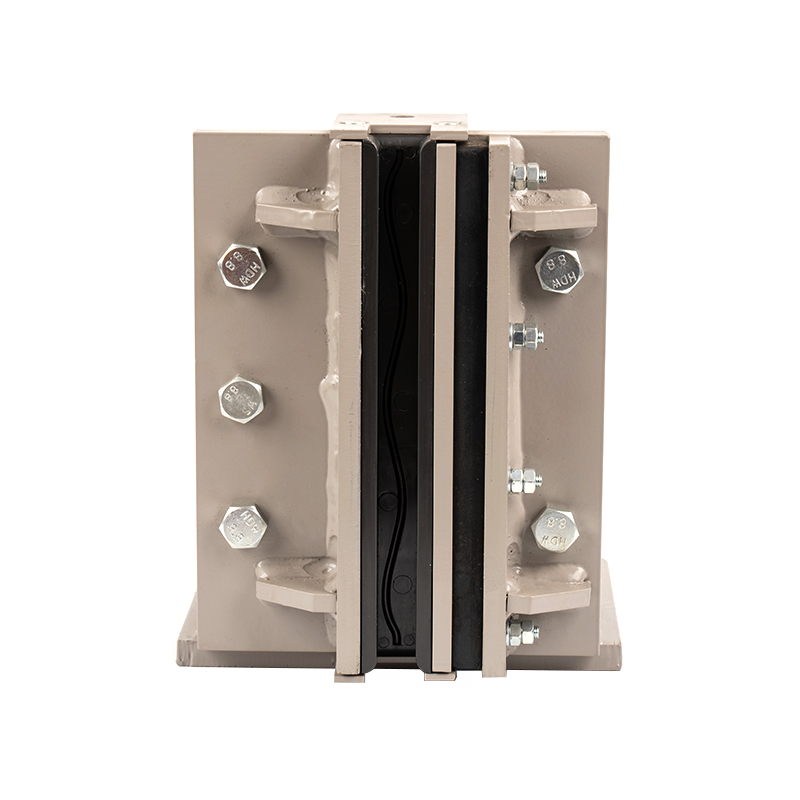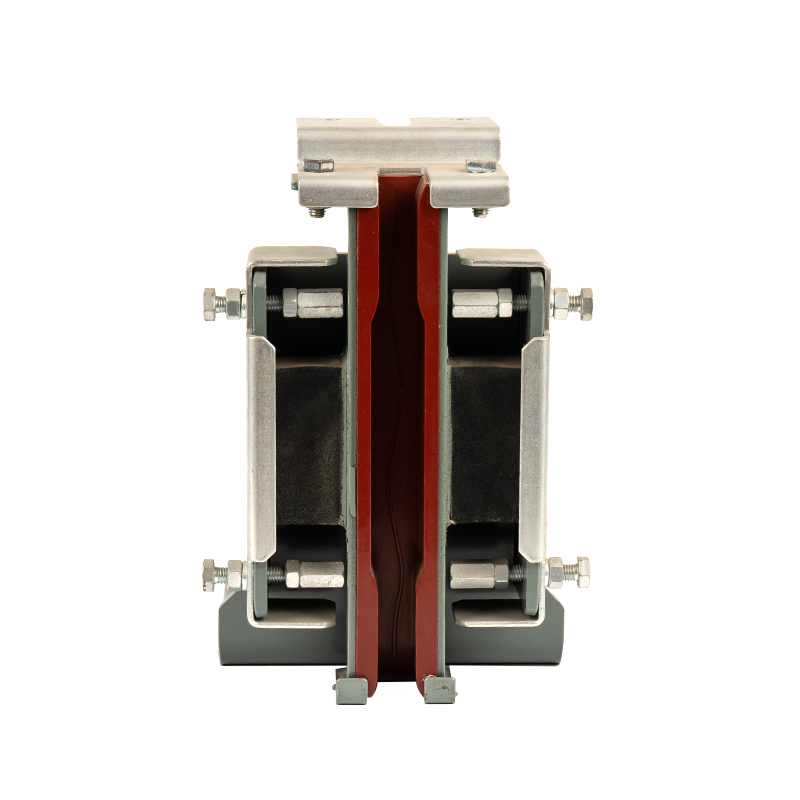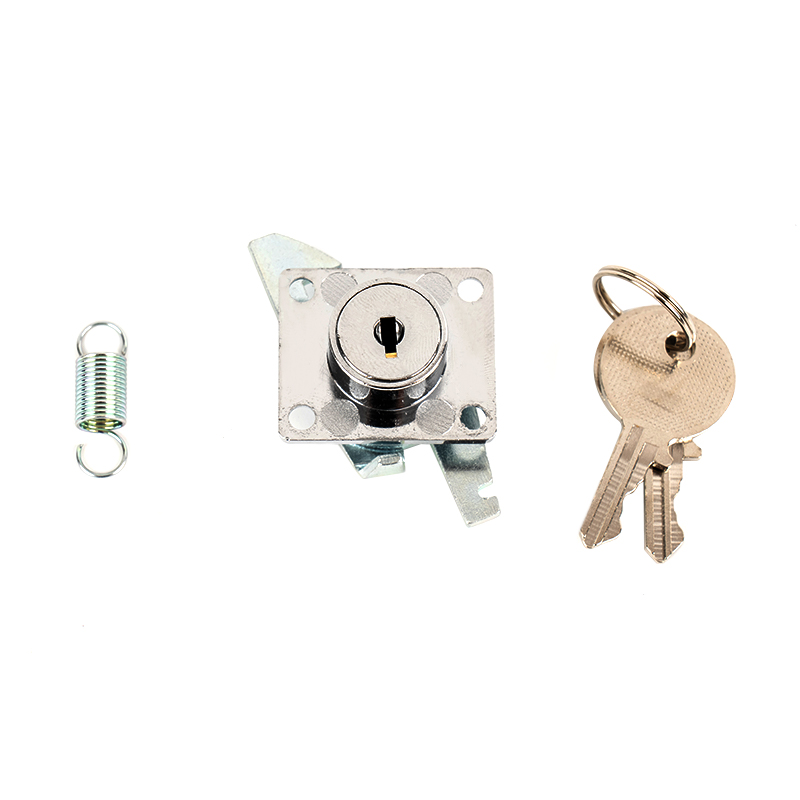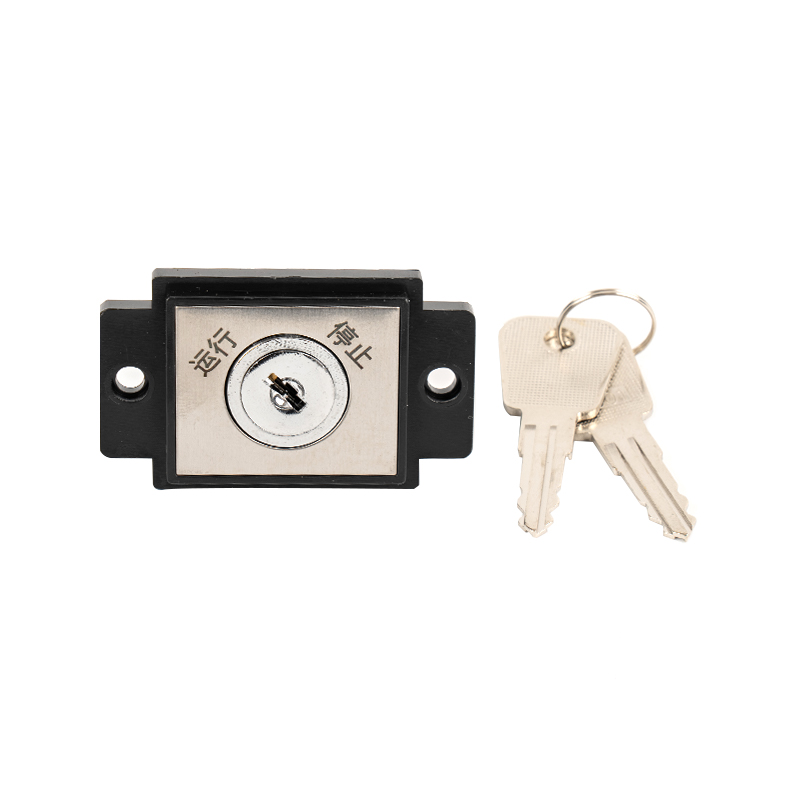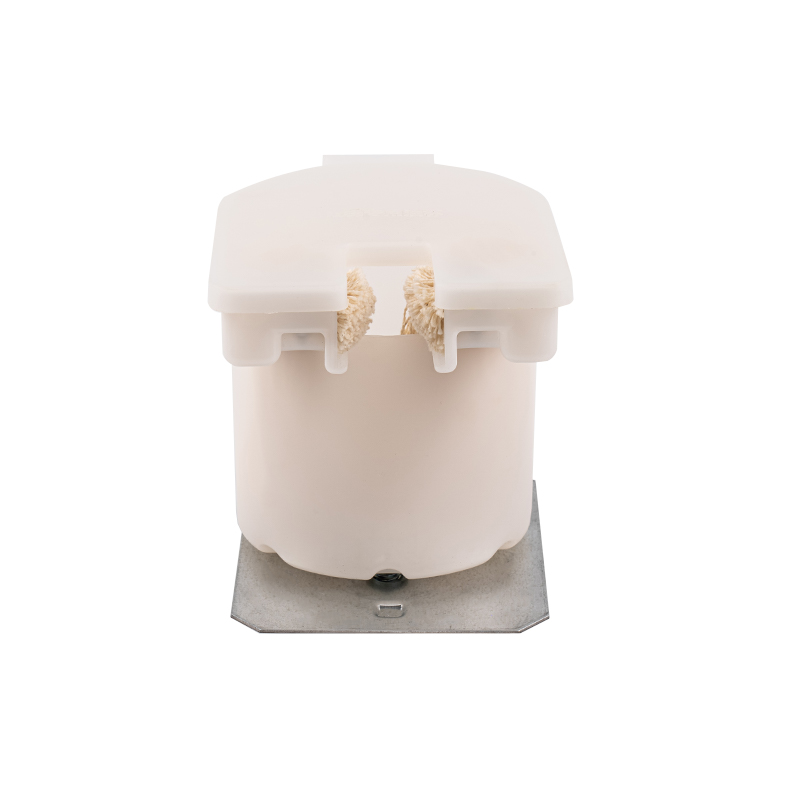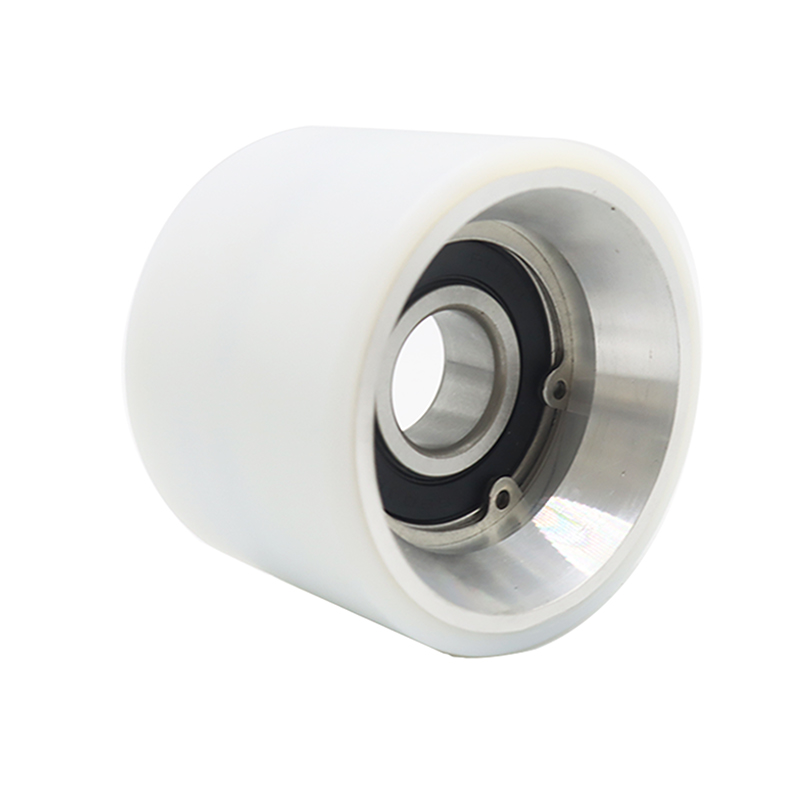Escalator rollers (step wheels, guide wheels, handrail rollers, etc.) are key components to ensure the smooth operation of the escalator. Wear or damage will lead to increased noise and vibration during operation, and even cause safety accidents.
1. Six situations in which escalator rollers must be replaced
(1). Roller wear exceeds the standard
Rim wear: The thickness is reduced by more than 20%~30% of the original size (different brands have slightly different standards).
Wheel surface depression/deformation: Obvious pits, cracks or eccentric wear appear (affecting running smoothness).
Detection method:
Use a caliper to measure the roller diameter and compare it with the factory specifications.
Observe whether the contact surface between the roller and the guide rail is uniform.
(2). Abnormal roller rotation
Stuck or abnormal noise: The roller does not rotate flexibly and makes a "squeaking" or "metal friction" sound.
Bearing damage: When manually turning the roller, it feels loose or the resistance is too large.
(3). Aging of rubber/polyurethane wheel surface
Cracking and peeling: The rubber noise-proof wheel cracks or partially falls off (loses the shock-absorbing function).
Hardening and loss of elasticity: There is no rebound when pressing with a fingernail, which may cause the running noise to increase.
(4). Damage to roller shaft or fasteners
Axle wear/bend: Risk of roller swing or falling off.
Loose or broken bolts: Need to be replaced and retightened immediately.
(5). Abnormal escalator operation symptoms
Increased vibration: Passengers can clearly feel the steps shaking.
Deviation or scratching: The handrail or steps rub against the side panels.
(6). Reaching the manufacturer's recommended life
The service life of ordinary rollers is usually 3 to 5 years (the cycle needs to be shortened in high-load places such as subway stations).
Refer to the replacement cycle in the maintenance manual.
2. Roller inspection and maintenance methods
(1). Daily inspection
Listen: Is there any abnormal noise during operation?
Look: Is the roller shaking or is the rubber cracked?
Touch: Manually check whether the roller rotates smoothly after stopping.
(2). Professional detection tools
Digital indicator: Measure the radial runout of the roller (generally required to be ≤0.5mm). Infrared thermometer: When the bearing is abnormal, the local temperature will rise.
(3). Replacement precautions
Group replacement: It is recommended to replace the rollers in the same area at the same time to avoid uneven force.
Lubrication and maintenance: After the new rollers are installed, they need to be filled with special grease (such as lithium-based grease).
3. Risks of not replacing in time
Safety hazards: Roller detachment may cause the steps to collapse or stop suddenly.
Equipment damage: Increased wear of components such as guide rails and chains, increasing maintenance costs.
Passenger complaints: Noise and vibration affect the experience and may even lead to media exposure.


 English
English 中文简体
中文简体
